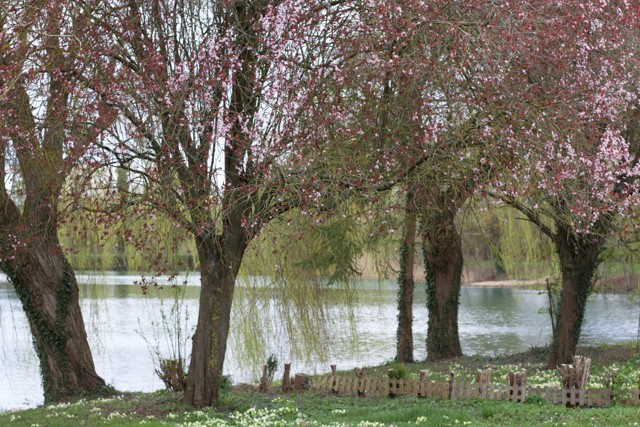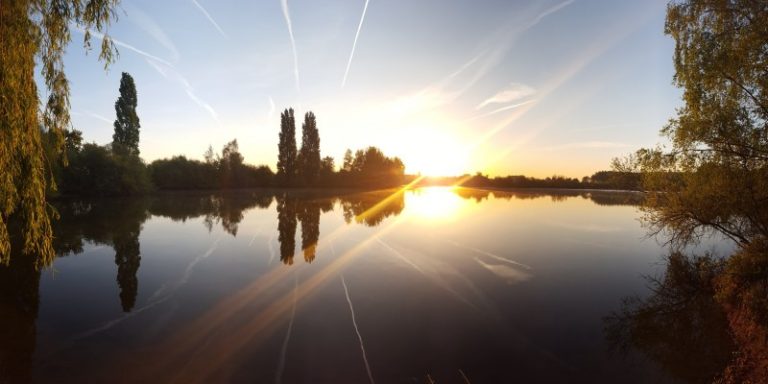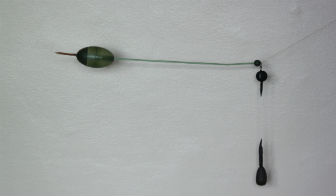Spring is just around the corner; the carp are on the move, and back on the munch. Contrary to accepted wisdom, however, this may not be the time to pile in the bait; rather, a softly-softly approach is often key to early season success…
The nights are finally drawing in; the water temps are rising, and the carp are emerging from their winter slumber.
For carp anglers, this has to be one of the most rewarding times of the year; and it’s a joy to be out on the bank, as the lakes and surrounding countryside slowly come back to life.

Baiting-wise however spring is an enigma, not least due to the diverse weather.
With anglers experiencing, often, all four seasons in one day – from clear skies and sun, to sleet and snow – the best advice, initially at least, is to fish for a bite at a time.
As always, finding the fish is key. Which means watching the water for the usual signs: rolling, fizzing and crashing.
Take a steer from the resident birdlife, too; if they’re diving in numbers they’re diving for a reason – and the fish won’t be far behind.
So keep your eyes peeled for coloured water, flat spots and bubbling.
As a starting point, seek out the shallower water, which will warm up far more quickly, drawing in the fish.
Explore the margins, islands and bars too. And as ever the snags, where the carp feel most comfortable throughout the year (and now especially).

And if all else fails, head for the north side of the lake, which will benefit from the first rays of the morning sun, making it a logical place to begin if you’ve no other signs to go on.
Low pressure fronts can have a huge impact on carp behaviour at this time of year, bringing with them strong, warm winds from the south or west.
But however active or otherwise the fish may appear, this is not the time to reach for the spod rod.
At least, not right away.
Rather, consider kicking off your session with a single hookbait, or small PVA bag – to assess the fish’s mood, preferences and willingness to get their heads down.
Then, if and when you’re fortunate enough to pick up a few or two, consider consolidating your success: introducing a little bait, to hold the fish in your area.
For my part, I generally favour a ‘bits and pieces’ approach from February through April, introducing hemp and other seeds, casters, and just a few broken boilies to get the fish mooching around (rather than feeding them up).
Lake rules permitting, a handful of tigers over a few pouchfuls of hemp can be effective. And of course sweetcorn is a hardy perennial, the ‘golden grains’ providing visual appeal in clearer water.
All of which is not to say boilies are a no-no; not a bit of it: they can be exceptionally effective in the spring, before the fish become pressured, and wise up to the little round balls.
The watchword however is ‘moderation’. Bait with just a handful of boilies over each rod, perhaps with a brightly coloured wafter over the top.
Spring carp get caught on fluoros more frequently now than at any other time of the year, so ignore them at your peril.
Nor should you become fixated on bottom-bait fishing. Generally, the warmer thermoclines are often higher up in the water. Which means the fish will be spending much of their time in the upper layers.
Given this, a zig is always worth a try, particularly on deep, clear pits.

Experiment with different depths, baits, colours and areas to determine where the carp are most comfortable – and most vulnerable.
On the right day, surface fishing can be a killer spring tactic too.
Fact is, it’s unlikely the carp will have been targeted on the top since the previous year, making them relatively easy to tempt with a well-placed mixer.
Though the water can still be relatively cold, a couple of days’ warmer weather will get them moving.
The carp are influenced not just by temperature, but by changing light levels too; but that’s not to say the longer days will trigger a pre-spawning feeding frenzy as in years gone by.
Rather, as weather patterns have changed – the winters becoming ever milder – so has the carp’s behaviour.
From now through till April, it may be that all the fish want is a mouthful or two.
So a small bag and bits approach may be more effective than ‘filling it in’.
Steve Calder

Comments